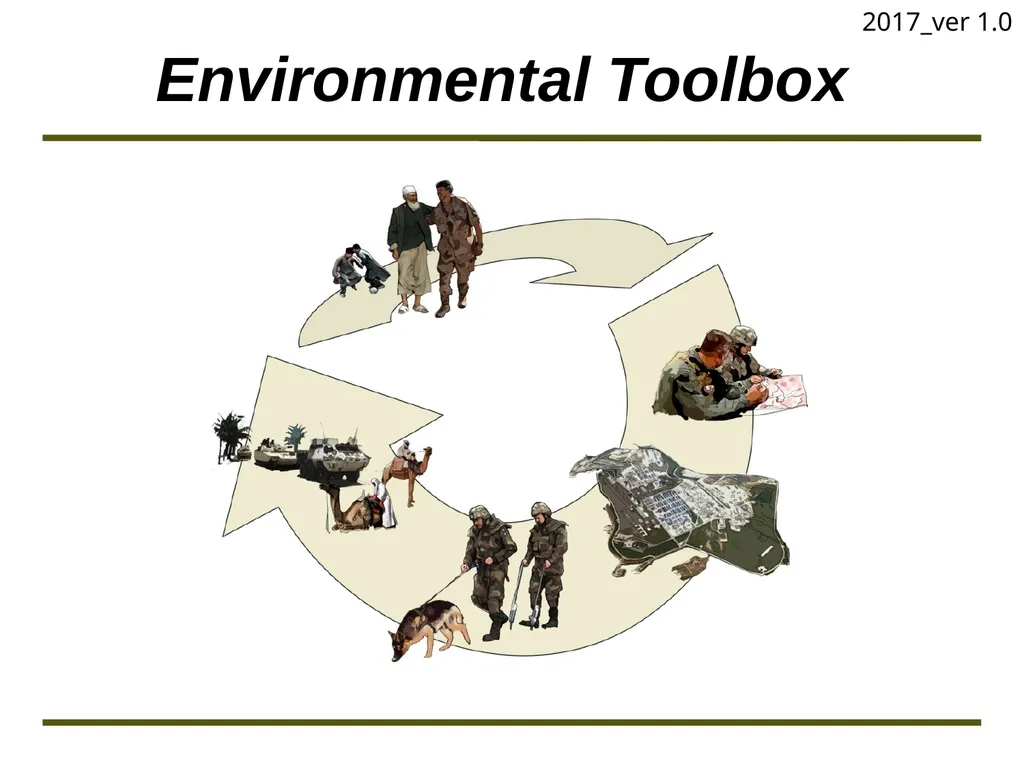
2017_ver 1.0 Technical Module Introduction
Author: natalia-silvester | Published: 2025-07-18
Description: 2017ver 1.0 Technical Module Introduction 2017ver 1.0 Contact the legal office to determine the applicability of international treaties and agreements, national laws, host nation laws, mission regulations (United Nations (UN), North
Download Presentation
Download the PPT/PDF: Download
Transcript:
Loading transcript…